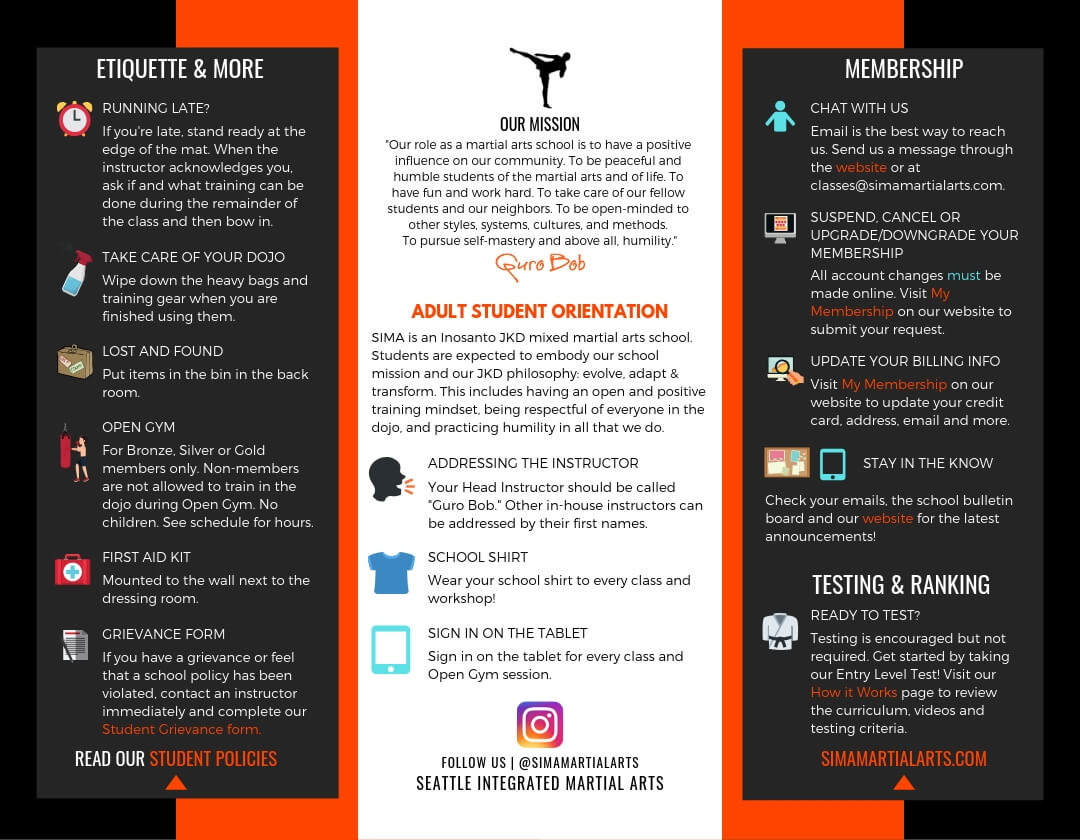Beginner'S Guide To Self-Defense: Step-By-Step Instructions
Beginner'S Guide To Self-Defense: Step-By-Step Instructions
Blog Article
Writer-Rogers Lloyd
Master protection basics by first being aware of your surroundings and trusting your instincts. Exercise verbal de-escalation and establishing limits. Understand personal space and essential techniques like straight strikes and palm strikes. Construct muscle memory and reaction time with blocks and kicks. Task confidence to prevent opponents and think about self-defense classes for functional experience. Remain sharp, prevent interruptions, and recognize risks early. Developing these abilities will encourage you to shield on your own effectively in any type of scenario. Unlock the full possibility of protection by applying these step-by-step techniques to improve your security and protection.
Understanding Protection Essential
To properly protect yourself, understanding the essentials of self-defense is critical. Protection begins with understanding of your surroundings. Constantly bear in mind who's around you and any type of potential risks. Trust fund your instincts; if a circumstance feels risky, it's much better to be careful. Bear in mind that self-defense isn't just physical; it also includes verbal strategies to de-escalate conflicts.
A key aspect of self-defense basics is learning just how to set borders. Plainly connect your limitations and persevere in applying them. Practice assertive communication to hinder potential enemies. In addition, understanding the concept of personal space is vital. Maintaining a comfy distance from strangers can protect against lots of confrontations.
In addition, recognizing when and just how to request for assistance is essential. Don't think twice to seek support from authorities or onlookers if you feel endangered. Remember, there's no shame in prioritizing your safety and security. By comprehending these essential concepts, you lay a solid foundation for your self-defense trip.
Important Strategies for Beginners
Comprehending important strategies for novices in self-defense entails understanding basic actions that can be easily applied in a moment of need.
One fundamental technique is the straight strike, a direct and reliable means to defend yourself. Technique throwing a strike with your leading hand while keeping your other hand as much as protect your face.
One more vital step is the palm strike, which makes use of all-time low of your palm to strike the attacker's nose or chin. It's a powerful strike that can stun your challenger.
Additionally, discovering fundamental blocks such as the high block and low block can aid you disperse inbound strikes. These blocks can be exercised to develop muscular tissue memory and response time.
Finally, understanding the front kick can produce distance between you and the aggressor, giving you an opportunity to run away. By exercising these vital techniques frequently, you can establish confidence and the capability to shield on your own in endangering situations.
Structure Confidence and Understanding
Enhance your self-defense skills by establishing self-confidence and boosting understanding of your surroundings. Structure confidence is crucial in self-defense as it allows you to predict stamina and discourage prospective assailants. Practice self-affirmations and picture on your own successfully taking care of different scenarios to improve your self-confidence degrees. In https://www.valleybreeze.com/news/couple-offering-free-self-defense-classes-in-conjunction-with-n-s-parks-and-recreation/article_d5085d72-c205-11ed-a418-93e39f2dc11d.html , consider taking self-defense classes to learn effective methods and get sensible experience, which can dramatically boost your self-assurance.
Improving understanding of your surroundings is just as vital. Always stay sharp and avoid diversions such as looking at your phone while strolling. https://stephenxkpdt.dsiblogger.com/64048206/discover-just-how-fighting-styles-can-instruct-your-children-important-skills-like-regard-and-compassion-check-out-now-to-find-out-even-more on people around you and trust your impulses if something really feels off. Recognizing your setting can help you determine potential hazards early and take necessary safety measures to remain risk-free. Practice scanning your surroundings routinely and identifying feasible leave paths in various locations.
Final thought
As you continue your self-defense journey, bear in mind to always trust your impulses, practice your techniques regularly, and remain knowledgeable about your environments.
Much like a skilled painter utilizes various brushes to create a work of art, you as well can sharpen your protection skills to create a complacency and empowerment in your day-to-day live.
Keep practicing and remain confident in your ability to secure on your own.
Remain risk-free out there!
